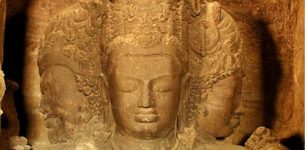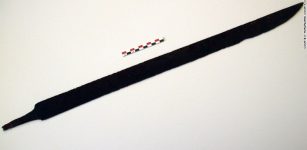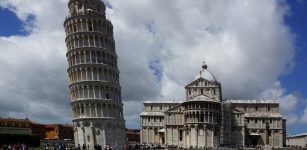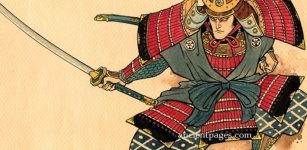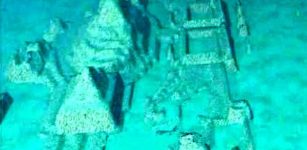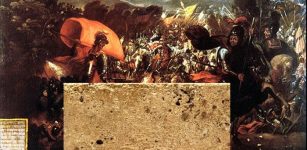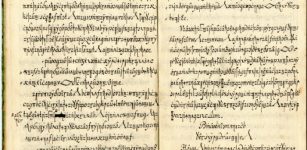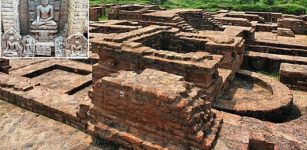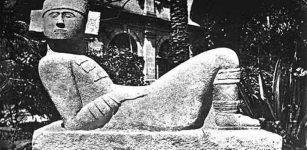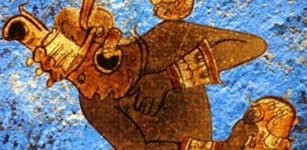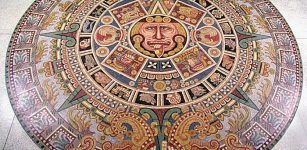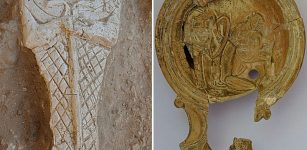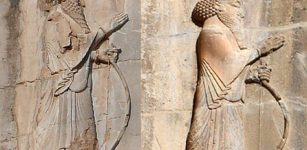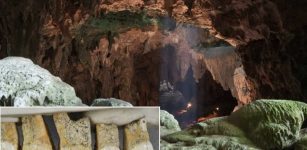Marquis Of Haihun’s Tombs: Dressing Mirror With Confucius’ Portrait Re-Identified
AncientPages.com - Excavation of the royal tombs of the Marquis of Haihun State of China's Western Han Dynasty (206 BC-8 AD) revealed many relics and among them, there is the earliest portrait of Chinese philosopher Confucius, found in a tomb that is at least 2,000 years old.
Initially believed to be a lacquer screen, it has recently been re-identified as a dressing mirror by archaeologists.
Chinese archaeologists pieced together a broken lacquer screen found in the main chamber of the tomb and restored two portraits, one of which is believed to be of Confucius (551 BC - 479 BC),, better known as Master Kong or Kong Fuzi.
See also:
Confucius: Philosopher, Educationist And Great Intellect With A Noble Morality
10,000 Relics And Portrait Of Confucius Unearthed In Ancient Tomb in Nanchang, China
Teeth Found In 2,000-Year-Old Royal Tomb Of ‘Marquis of Haihun’, Experts In China Say
Remarkable 2,000-Year-Old Smoke-Absorbing Lamps Reducing Pollution Discovered
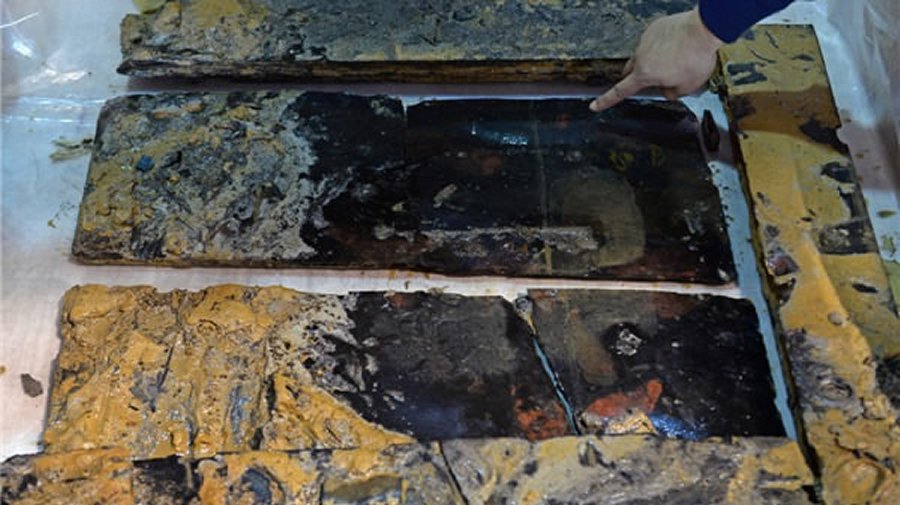
The relic is initially considered a lacquer screen after being unearthed from Marquis of Haihun's tombs in Nanchang, Jiangxi Province in east China. (Photo/Xinhua)
Identity Of Han-Dynasty ‘Marquis Of Haihun’ Confirmed
Does A 2,000-Year-Old Tomb Belong To 'Marquis of Haihun' - Search For His Seal Continues
Confucius’ portrait is considered to be the earliest known image of a fifth-century BC philosopher and thinker, whose influence upon East Asian intellectual and social history is immense.
The mirror is 70.3 centimeters high and 46.5 centimeters wide, comprising a mirror body, a mirror frame and a wooden cover and holder. The rectangle mirror body is made of smooth bronze.
The text on the back of the mirror contains more than two thousand Chinese characters, which give a detailed introduction of Confucius and his disciples.
“Confucius is depicted on the cover dressed as a commoner. Images of two of his students are also on the cover, said Yang Jun, head of the tomb's excavation team.
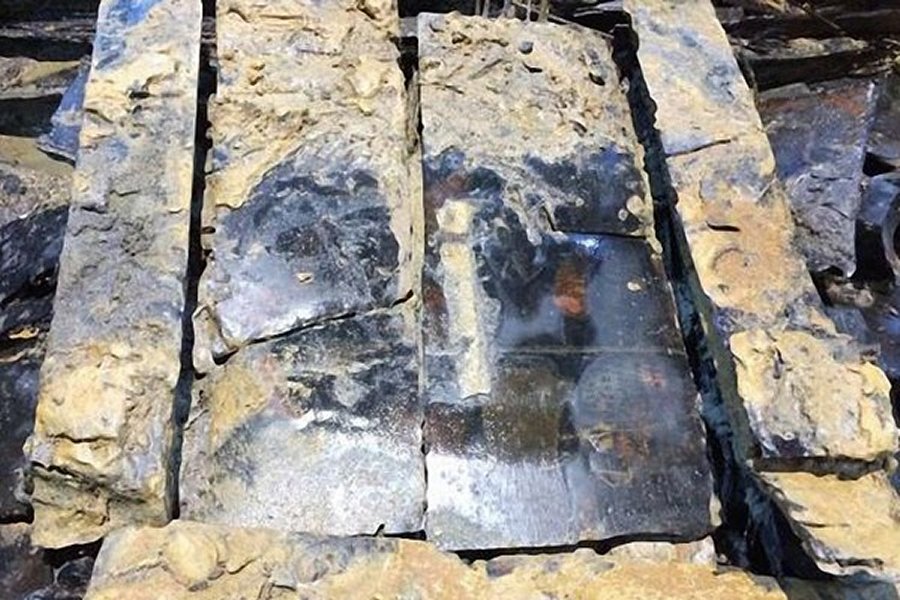
The bronze mirror that was unearthed in the tomb of the Marquis of Haihun. (Photo provided to China Daily)
Also on the painted wood are almost 2,000 Chinese characters, written in ink, that tell stories about Confucius and his students.
The mirror is believed to have been used by Marquis Liu He, the grandson of Emperor Wu and the stories about Confucius were probably written by some masters of Confucianism who were Liu's teachers, according to researcher.
Archaeologists began to excavate the tomb in 2011, and the remains of the marquis were removed for further research in January last year. The burial chamber, located in modern day Nanchang in east China's Jiangxi Province, covers about 40,000 square meters and is one of the few imperial tombs that have not been looted.
It contains eight small tombs, a burial site for chariot horses and many valuable archeological finds including 285 gold ingots, 48 gold horse hoofs, 25 gold hoofs of ‘qilin’ (a mythical animal) and 20 gold plates. Archaeologists also found a bronze pot containing chestnuts, possibly a sign that China's hotpot cuisine was also popular among ancient aristocrats.
AncientPages.com


